#9. To diffuse, or not to diffuse, that is the question. I’ve always been attracted to impressionistic photographic images, from the Pictorialists of the early 20th Century, to the gauzy romanticism of the late Silent Era movies, and through all those heavily-filtered movies of the 1970’s. And yet I also like sharp, large format still photography, and 65mm cinemagraphy like in “Lawrence of Arabia”. I guess ultimately I just like interesting images, and I like strong visual statements, whether that statement is diffused or razor-sharp.
Related to this, in terms of comparing low-key naturalism to more theatrical stylization in movies, I recommend reading Patrick Keating’s book “Hollywood Lighting: From the Silent Era to Film Noir.” In the chapter “The Art of Balance”, he divides the studio-era cinematographers into two camps: the Classicists and the Mannerists. The Classicists were people like William Daniels, Charles Lang, and Joseph Walker, which attempted the cinematic idea of the image being in support of the narrative, making careful compromises between all the needs of the cinematography, from making the leading actors look attractive while maintaining the proper mood, being realistic when needed, or romantic when needed, without pushing the overall movie to follow a strong personal ideology about lighting. The Mannerists, according to Keating, were people like Gregg Toland, Lee Garmes, Leon Shamroy, and John Alton. They tended to have strong stylistic tendencies, whether they were hyper-realists (at the expense of glamour), expressivists (who valued atmosphere and mood above all else) and pictorialists (who valued beauty and aimed for a painterly ideal.) Now I don’t necessarily agree with all of his conclusions but he makes a good case about the different attitudes towards the image, that some cinematographers were more careful (or cautious) than others about satisfying a lot of goals, aiming for some ideal blend of techniques and balancing the need for atmosphere against making the stars look good, etc. while others were more driven to create a dominant look for a movie, even if it meant sacrificing some traditional things that the studio expected in their movies.
Even today, I see some cinematographers who generally seem to aim for a sort of low-key naturalism where the lighting is as realistic and motivated as possible, and photographic tricks and image artifacts are kept to a minimum to avoid distraction, while others feel less bound by realism and prefer a more emotional and expressionistic approach, and embrace photographic artifacts at times, who don’t mind calling attention to some strong lighting effect (if it seems psychologically true to the moment, whether or not realistic.)
I am in neither camp; maybe like a lot of people who work in the middle, I feel that I have to be stylistically flexible to suit a wide range of projects, maybe it's that I have to be aesthetically open-minded in order to deal with a wide range of directors (who can have the luxury of being aesthetically close-minded and artistically pure )... but the truth is that I love variety more than anything. I love cinema in general, from 3-strip Technicolor musicals, to b&w film noirs, to gritty semi-documentary dramas, to the more romantic of fantasies (or more fantastical of romances…) I like films that are visually subtle and austere, and I like films that are visually bold, even unashamedly over-the-top.
Sometime in 1981 I saw “Excalibur” and fell in love with the romantic look of the movie (actually the movie has both scenes shot in a harsher gritty style and other scenes that are highly diffused, following the highs and lows of King Arthur’s struggles.) I read in American Cinematographer about Alex Thomson’s use of Harrison Black Dot Texture Screens and a white net behind the lens. Later in the 1990’s I came across Gerald Hirschfeld’s book “Image Control” about filters and Thomson talked about his use of filtering over the years on various movies. Personally, I haven’t shot much with nets compared to glass diffusion, though this past year I used them on a film meant to look similar to Hitchcock’s “Marnie”, which was heavily netted. Anyway, the start of "Excalibur" is one of my favorite opening scenes in movies, from the fire-lit woods through the misty dawn when Merlin receives Excalibur from the Lady in the Lake, with Wagner's music playing throughout.
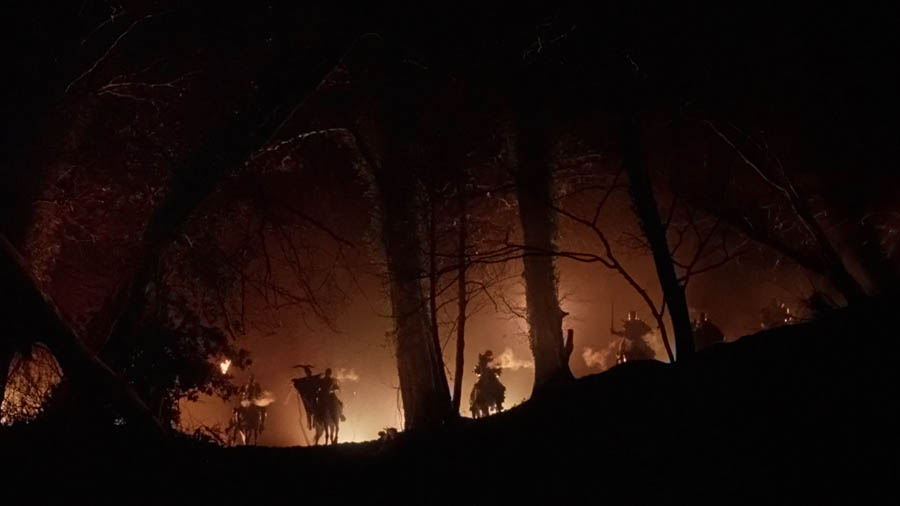

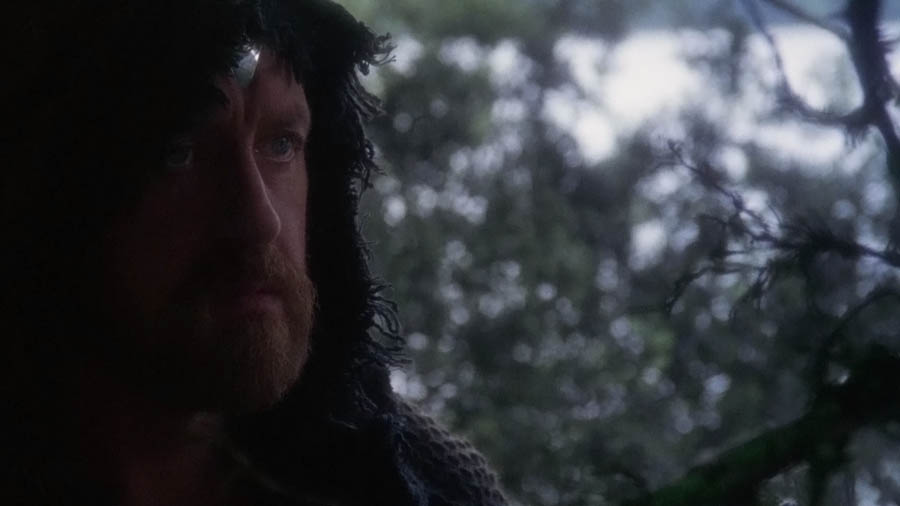
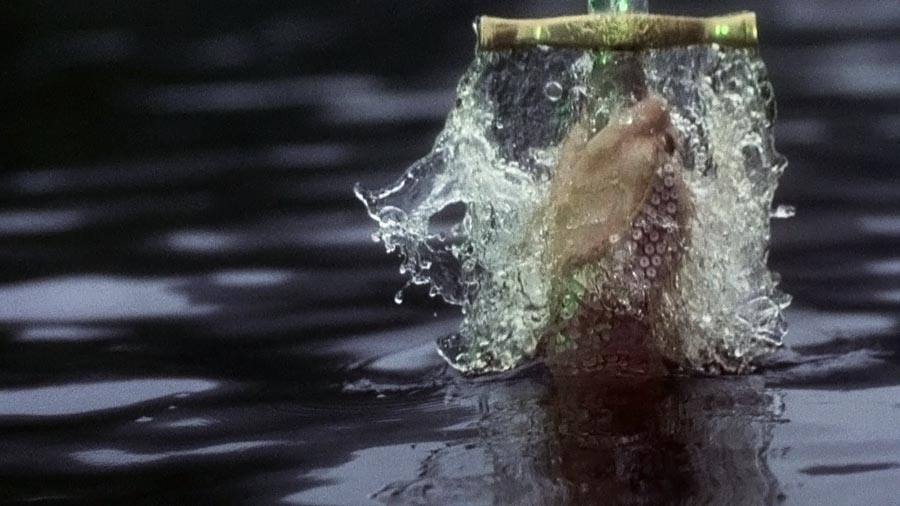
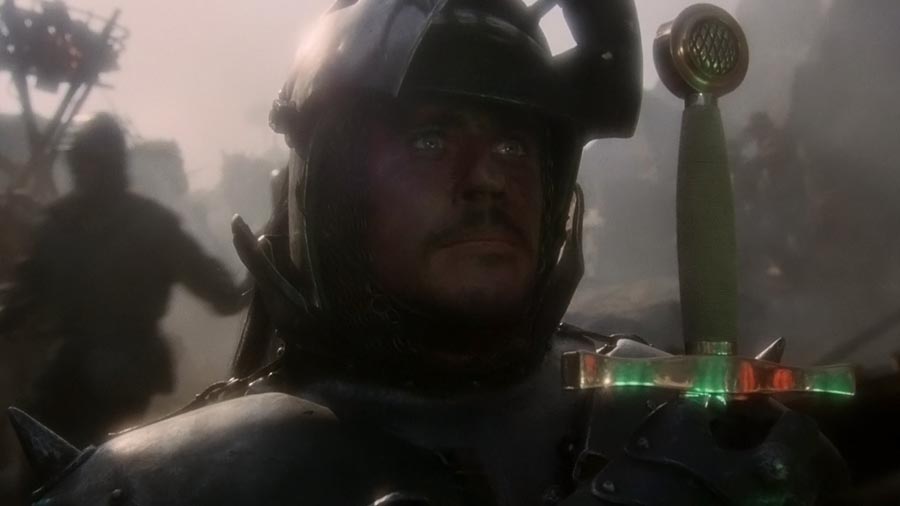
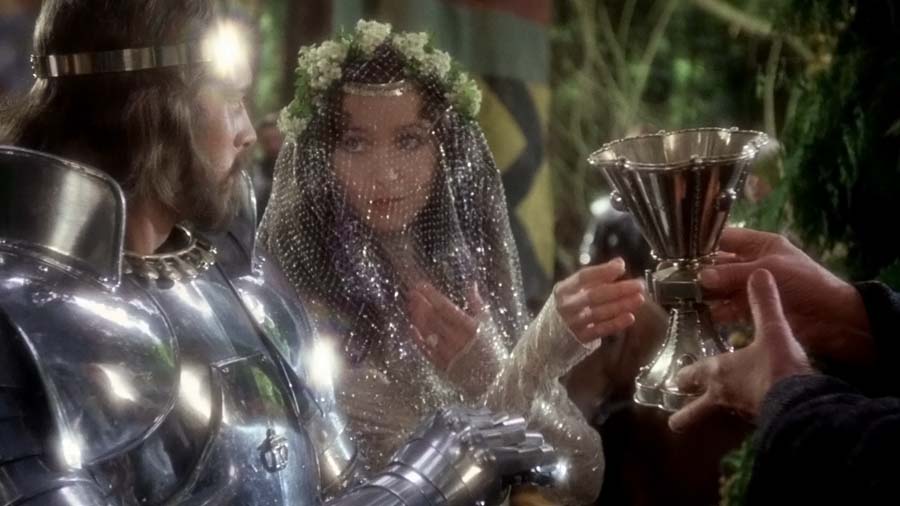
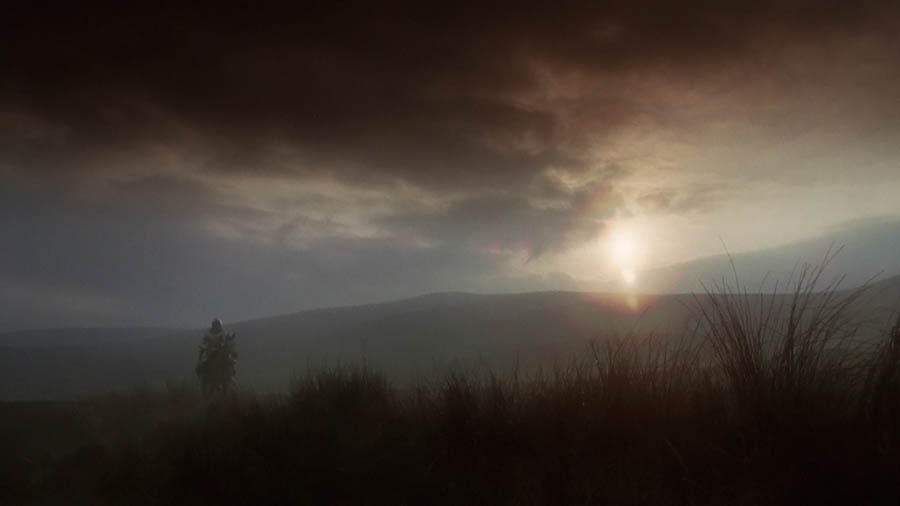
Copyright © CML. All rights reserved.
- aces.png
- aces.png
- aces.png
- aces.png
- 24-7.jpg
- 24-7.jpg
- arri.png
- arri.png
- BandH.jpg
- camalot.png
- camalot.png
- dedo.png
- dsc.png
- dsc.png
- kino.png
- Hawk.png
- JustCinemaGear.jpg
- Leitz_logo.png
- Leitz_logo.png
- Lowing.gif
- Module8Logo.png
- GodoxLogo.png
- Nanlux.png
- NPV_new_logo-(3)-(002).png
- NMBLogoForCML.png
- lindseyo.jpg
- Aputure.png
- TC Logo Centered K_2.png
- VMI.png
- zeiss-logo.png
- zeiss-logo.png
- aces.png
- aces.png
- aces.png
- aces.png
- 24-7.jpg
- 24-7.jpg
- arri.png
- arri.png
- BandH.jpg
- camalot.png
- camalot.png
- dedo.png
- dsc.png
- dsc.png
- FUJINON.jpg
- JustCinemaGear.jpg
- Leitz_logo.png
- Leitz_logo.png
- GodoxLogo.png
- Nanlux.png
- NPV_new_logo-(3)-(002).png
- NMBLogoForCML.png
- FilmLightLogo.png
- theKeep.png
- NewLifeCineLogo.png
- PostWorks.png
- Aputure.png
- TCS.png
- TC Logo Centered K_2.png
- zeiss-logo.png
- zeiss-logo.png
- aces.png
- aces.png
- aces.png
- aces.png
- 24-7.jpg
- 24-7.jpg
- arri.png
- arri.png
- BandH.jpg
- camalot.png
- camalot.png
- dedo.png
- dsc.png
- dsc.png
- kino.png
- Hawk.png
- JustCinemaGear.jpg
- Leitz_logo.png
- Leitz_logo.png
- Lowing.gif
- Module8Logo.png
- GodoxLogo.png
- Nanlux.png
- NPV_new_logo-(3)-(002).png
- NMBLogoForCML.png
- lindseyo.jpg
- Aputure.png
- TC Logo Centered K_2.png
- VMI.png
- zeiss-logo.png
- zeiss-logo.png
- aces.png
- aces.png
- aces.png
- aces.png
- 24-7.jpg
- 24-7.jpg
- arri.png
- arri.png
- BandH.jpg
- camalot.png
- camalot.png
- dedo.png
- dsc.png
- dsc.png
- FUJINON.jpg
- JustCinemaGear.jpg
- Leitz_logo.png
- Leitz_logo.png
- GodoxLogo.png
- Nanlux.png
- NPV_new_logo-(3)-(002).png
- NMBLogoForCML.png
- FilmLightLogo.png
- theKeep.png
- NewLifeCineLogo.png
- PostWorks.png
- Aputure.png
- TCS.png
- TC Logo Centered K_2.png
- zeiss-logo.png
- zeiss-logo.png
- aces.png
- aces.png
- aces.png
- aces.png
- 24-7.jpg
- 24-7.jpg
- arri.png
- arri.png
- BandH.jpg
- camalot.png
- camalot.png
- dedo.png
- dsc.png
- dsc.png
- kino.png
- Hawk.png
- JustCinemaGear.jpg
- Leitz_logo.png
- Leitz_logo.png
- Lowing.gif
- Module8Logo.png
- GodoxLogo.png
- Nanlux.png
- NPV_new_logo-(3)-(002).png
- NMBLogoForCML.png
- lindseyo.jpg
- Aputure.png
- TC Logo Centered K_2.png
- VMI.png
- zeiss-logo.png
- zeiss-logo.png
- aces.png
- aces.png
- aces.png
- aces.png
- 24-7.jpg
- 24-7.jpg
- arri.png
- arri.png
- BandH.jpg
- camalot.png
- camalot.png
- dedo.png
- dsc.png
- dsc.png
- FUJINON.jpg
- JustCinemaGear.jpg
- Leitz_logo.png
- Leitz_logo.png
- GodoxLogo.png
- Nanlux.png
- NPV_new_logo-(3)-(002).png
- NMBLogoForCML.png
- FilmLightLogo.png
- theKeep.png
- NewLifeCineLogo.png
- PostWorks.png
- Aputure.png
- TCS.png
- TC Logo Centered K_2.png
- zeiss-logo.png
- zeiss-logo.png
- aces.png
- aces.png
- aces.png
- aces.png
- 24-7.jpg
- 24-7.jpg
- arri.png
- arri.png
- BandH.jpg
- camalot.png
- camalot.png
- dedo.png
- dsc.png
- dsc.png
- kino.png
- Hawk.png
- JustCinemaGear.jpg
- Leitz_logo.png
- Leitz_logo.png
- Lowing.gif
- Module8Logo.png
- GodoxLogo.png
- Nanlux.png
- NPV_new_logo-(3)-(002).png
- NMBLogoForCML.png
- lindseyo.jpg
- Aputure.png
- TC Logo Centered K_2.png
- VMI.png
- zeiss-logo.png
- zeiss-logo.png
- aces.png
- aces.png
- aces.png
- aces.png
- 24-7.jpg
- 24-7.jpg
- arri.png
- arri.png
- BandH.jpg
- camalot.png
- camalot.png
- dedo.png
- dsc.png
- dsc.png
- FUJINON.jpg
- JustCinemaGear.jpg
- Leitz_logo.png
- Leitz_logo.png
- GodoxLogo.png
- Nanlux.png
- NPV_new_logo-(3)-(002).png
- NMBLogoForCML.png
- FilmLightLogo.png
- theKeep.png
- NewLifeCineLogo.png
- PostWorks.png
- Aputure.png
- TCS.png
- TC Logo Centered K_2.png
- zeiss-logo.png
- zeiss-logo.png


